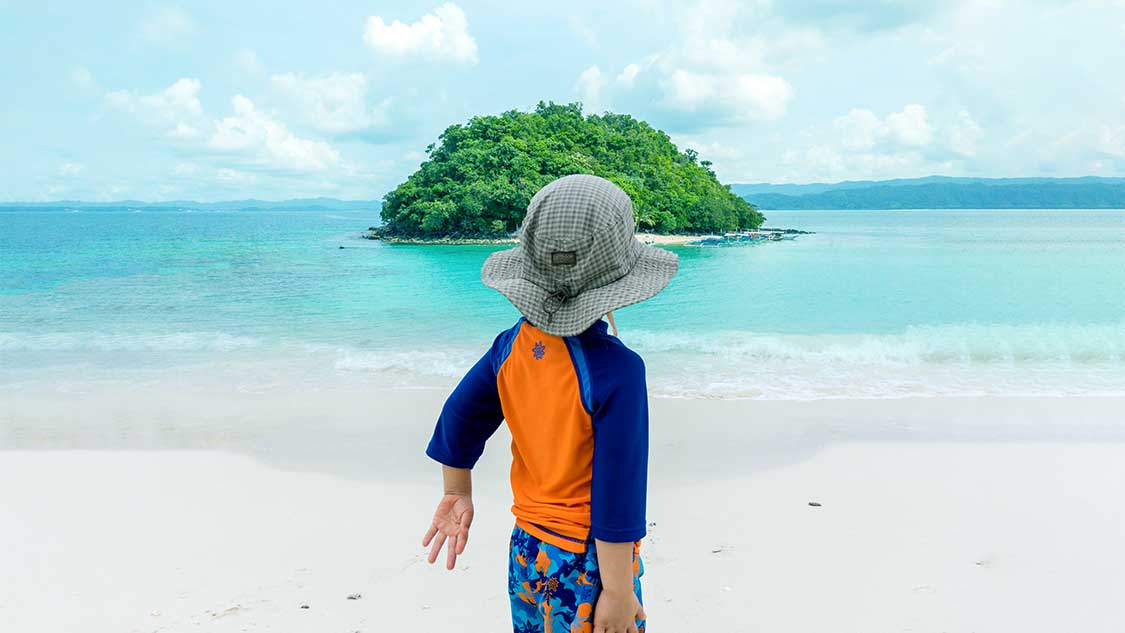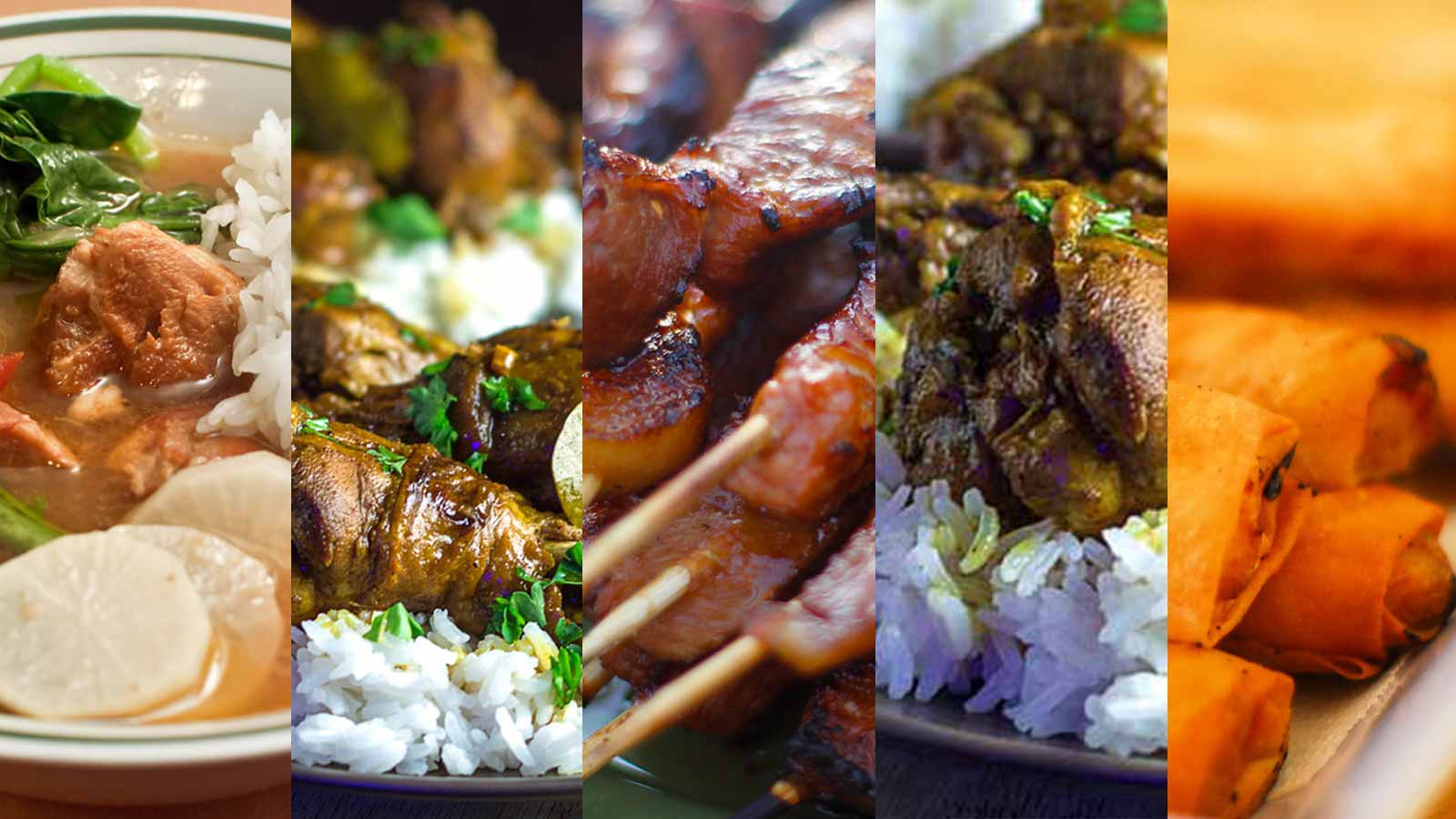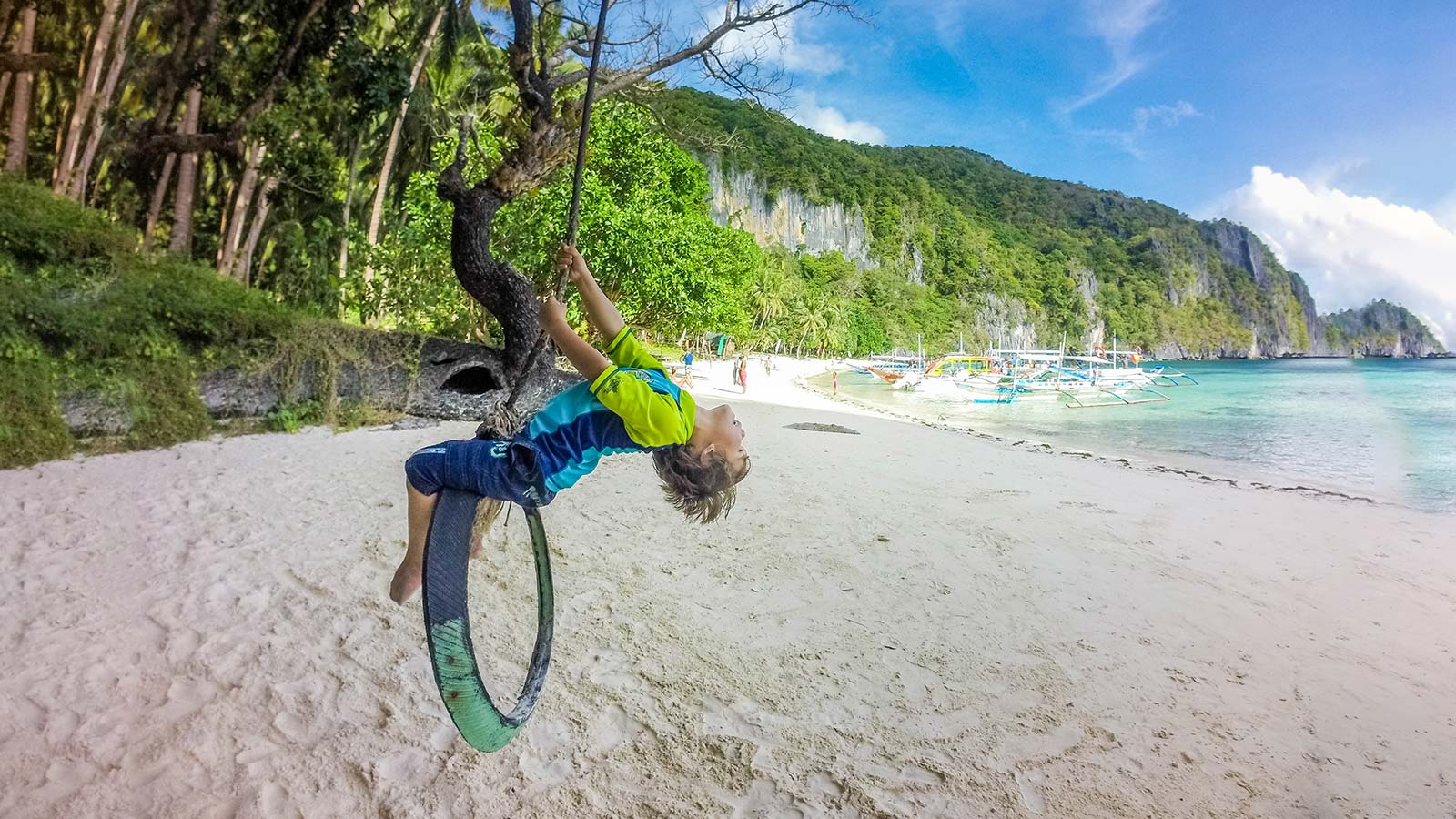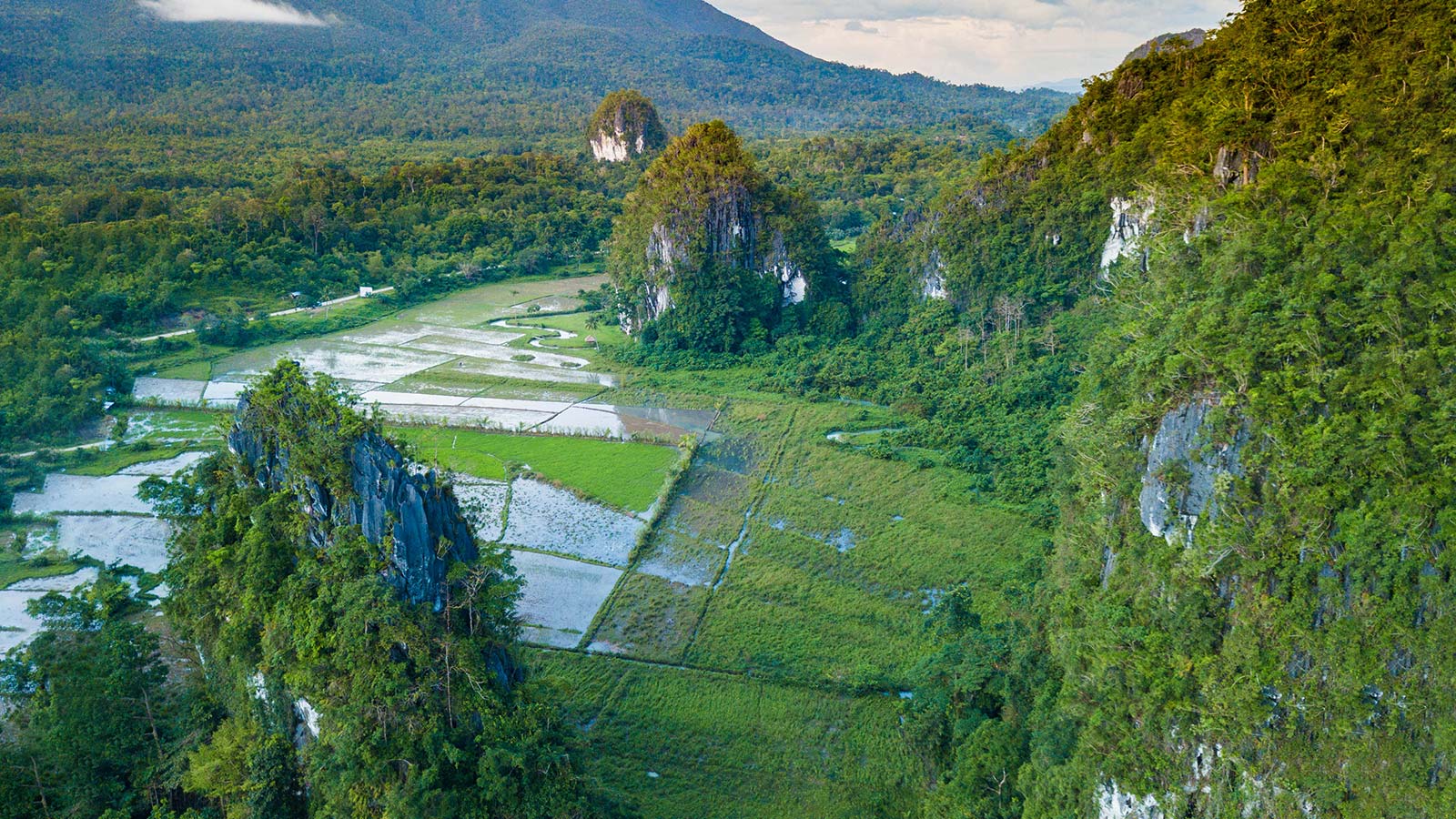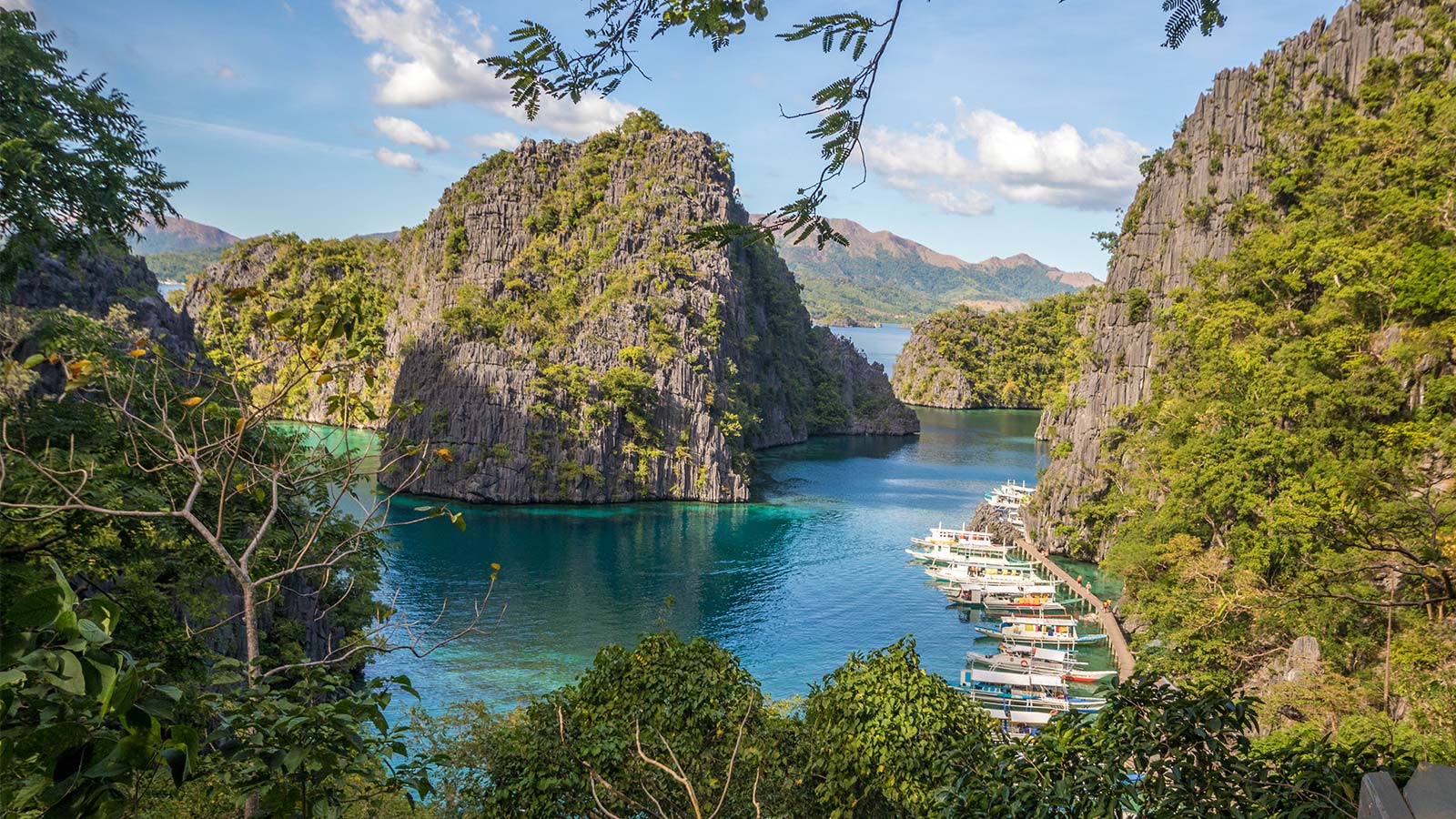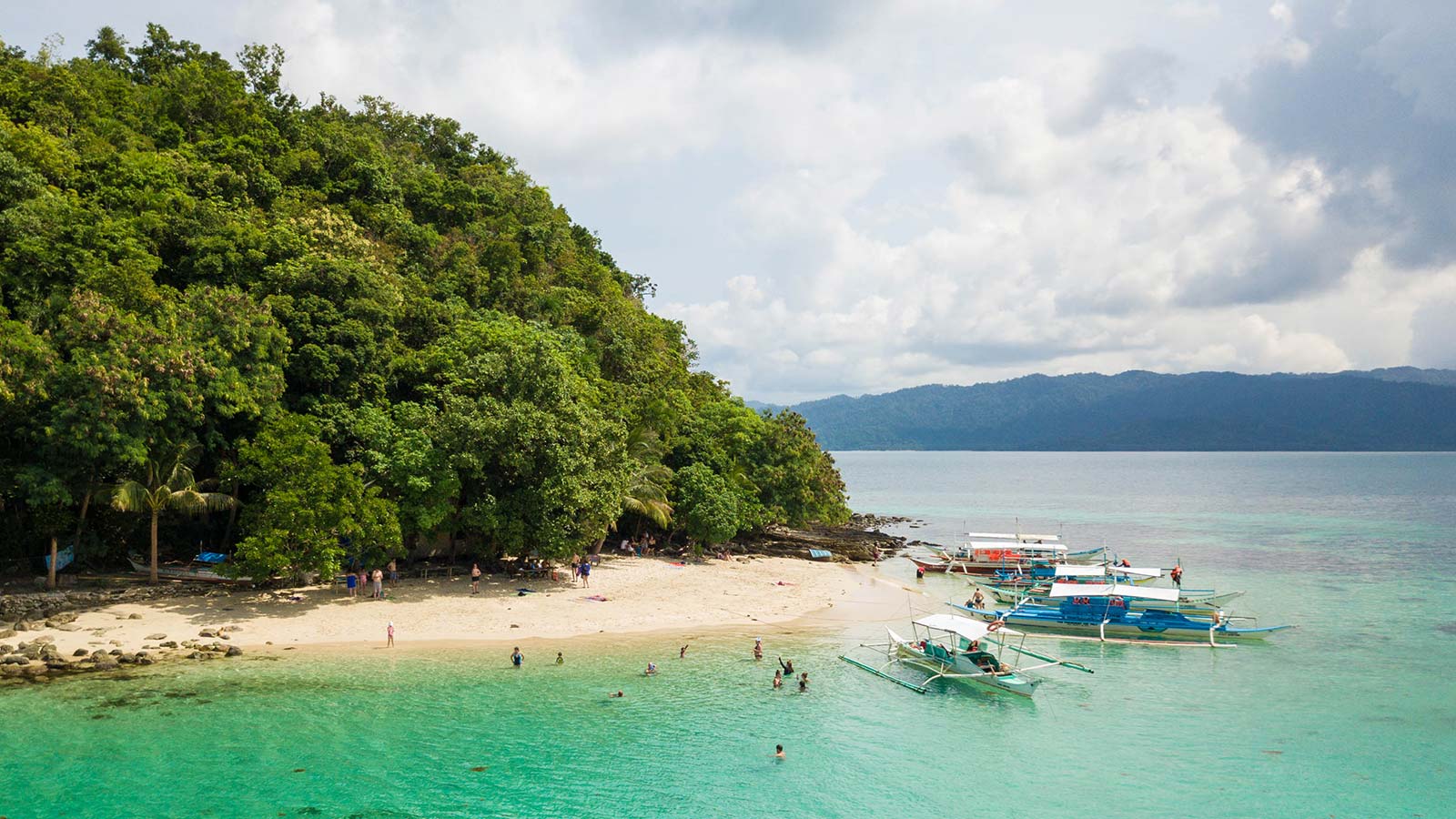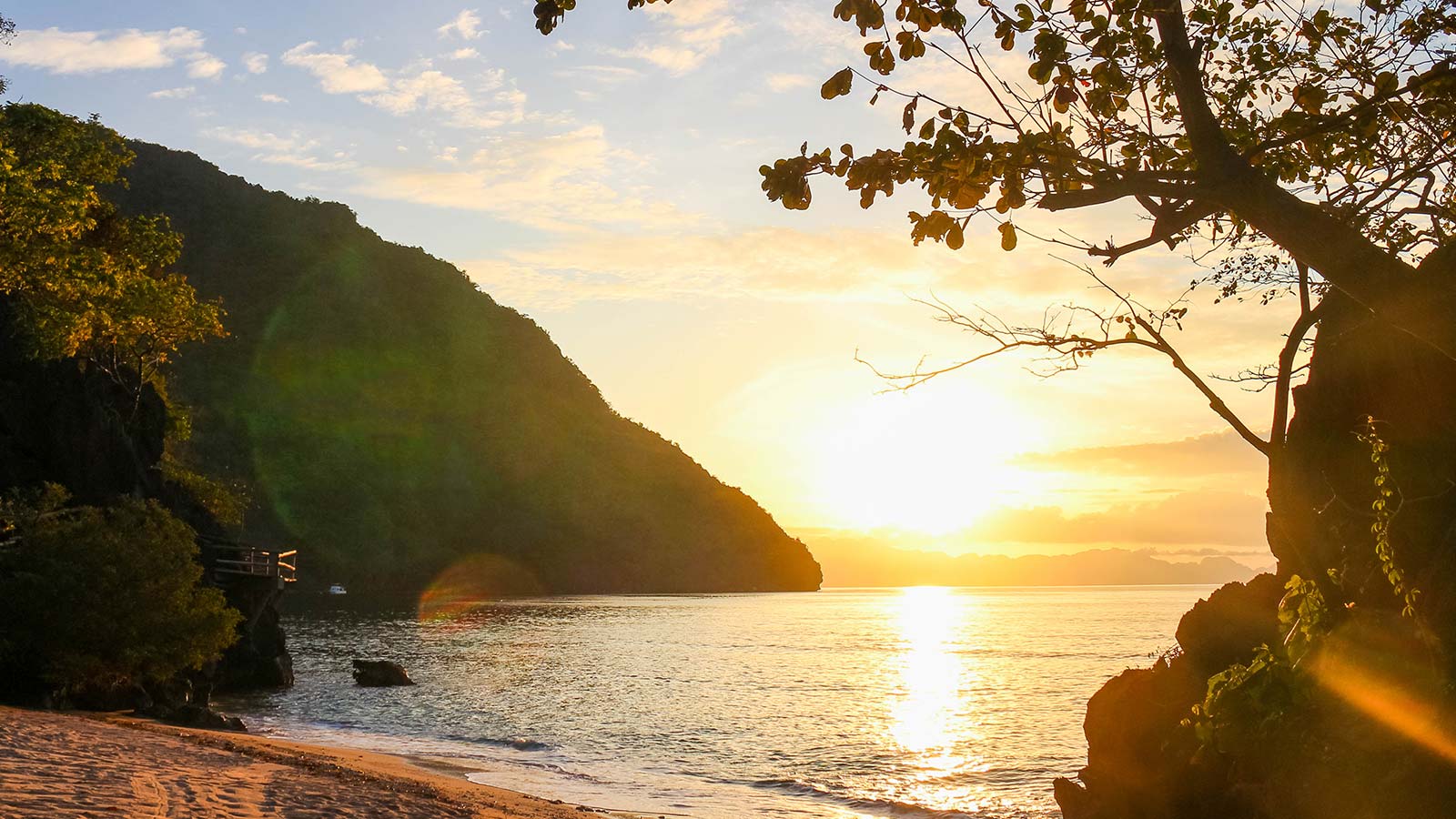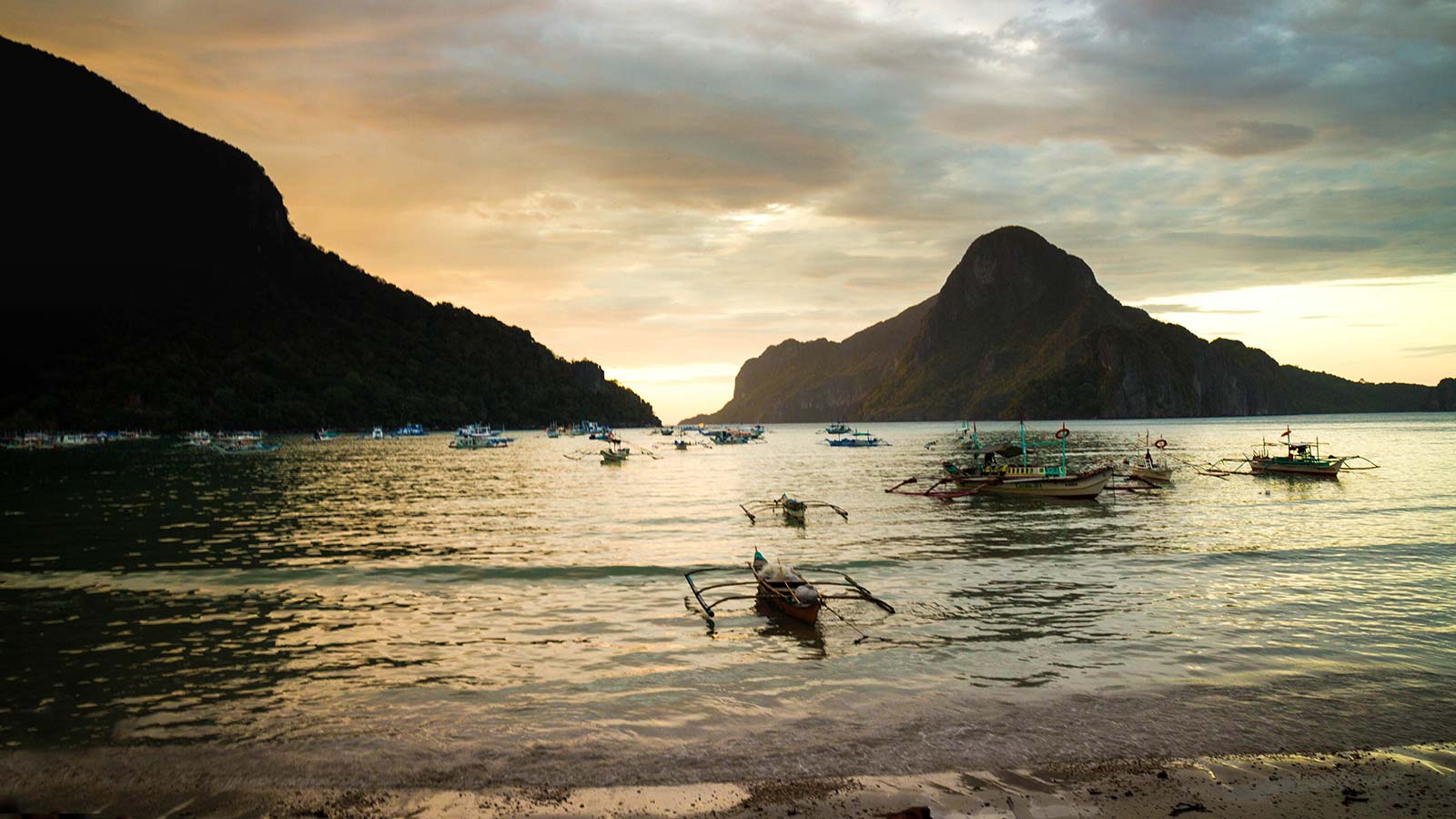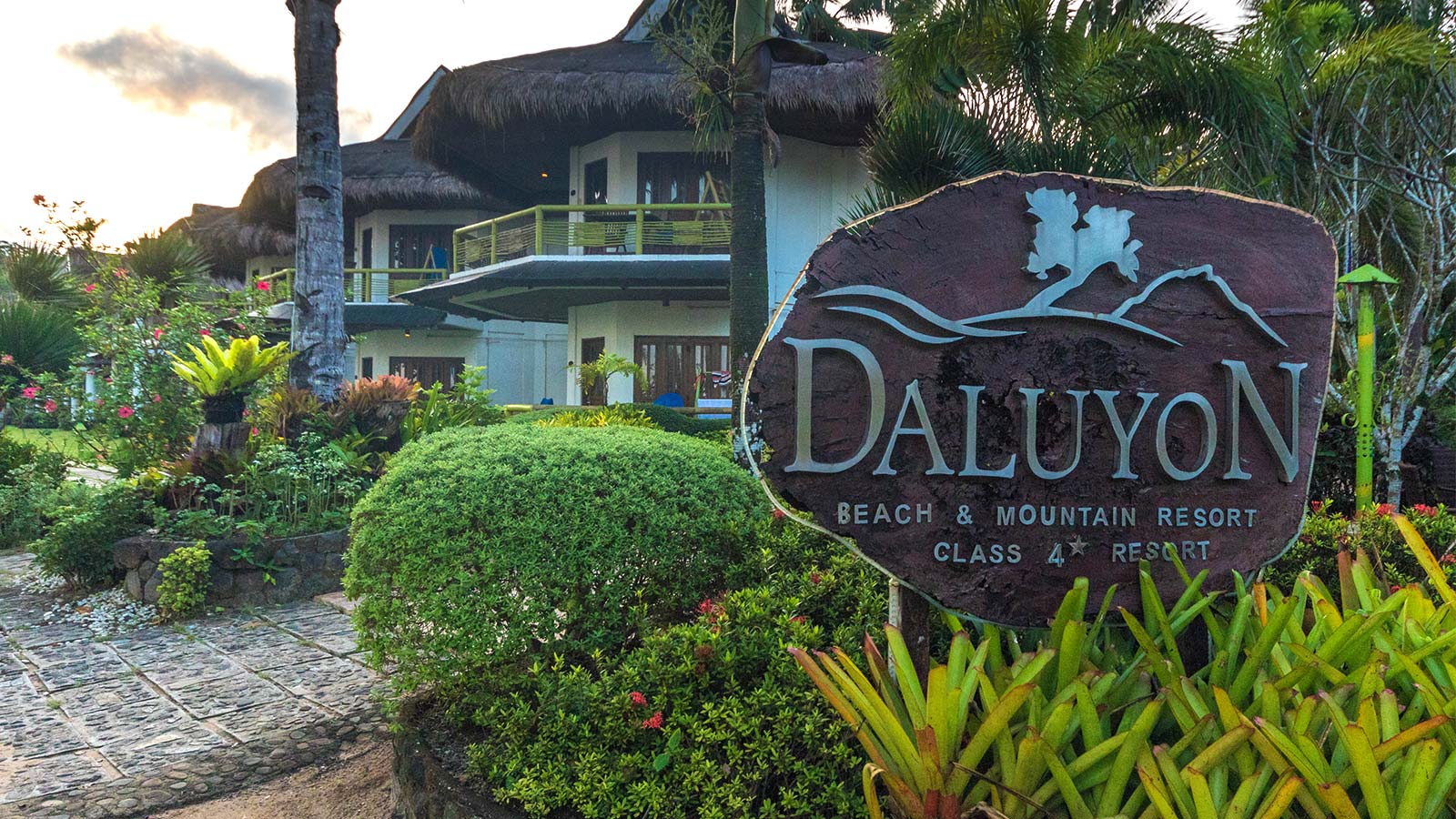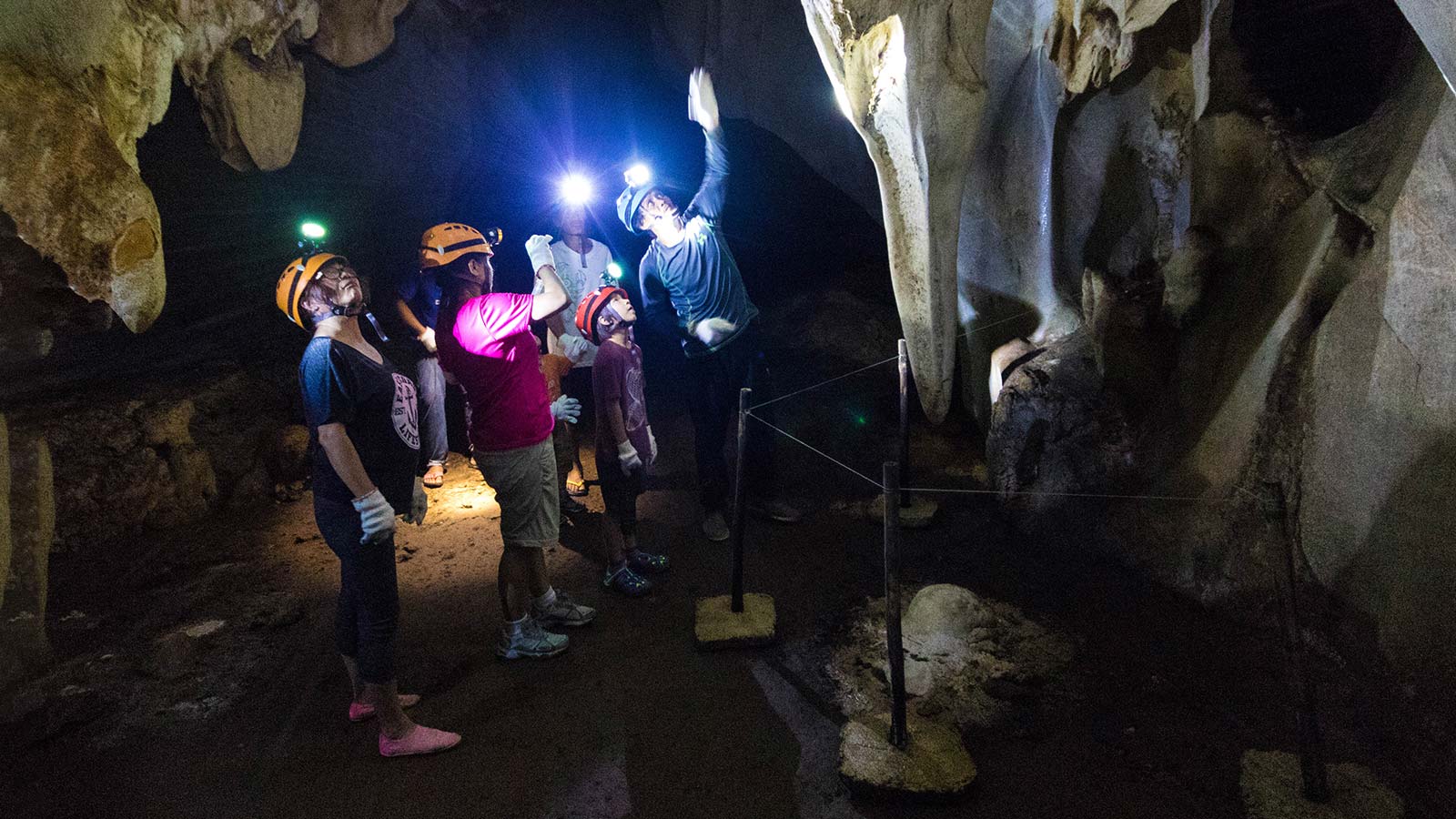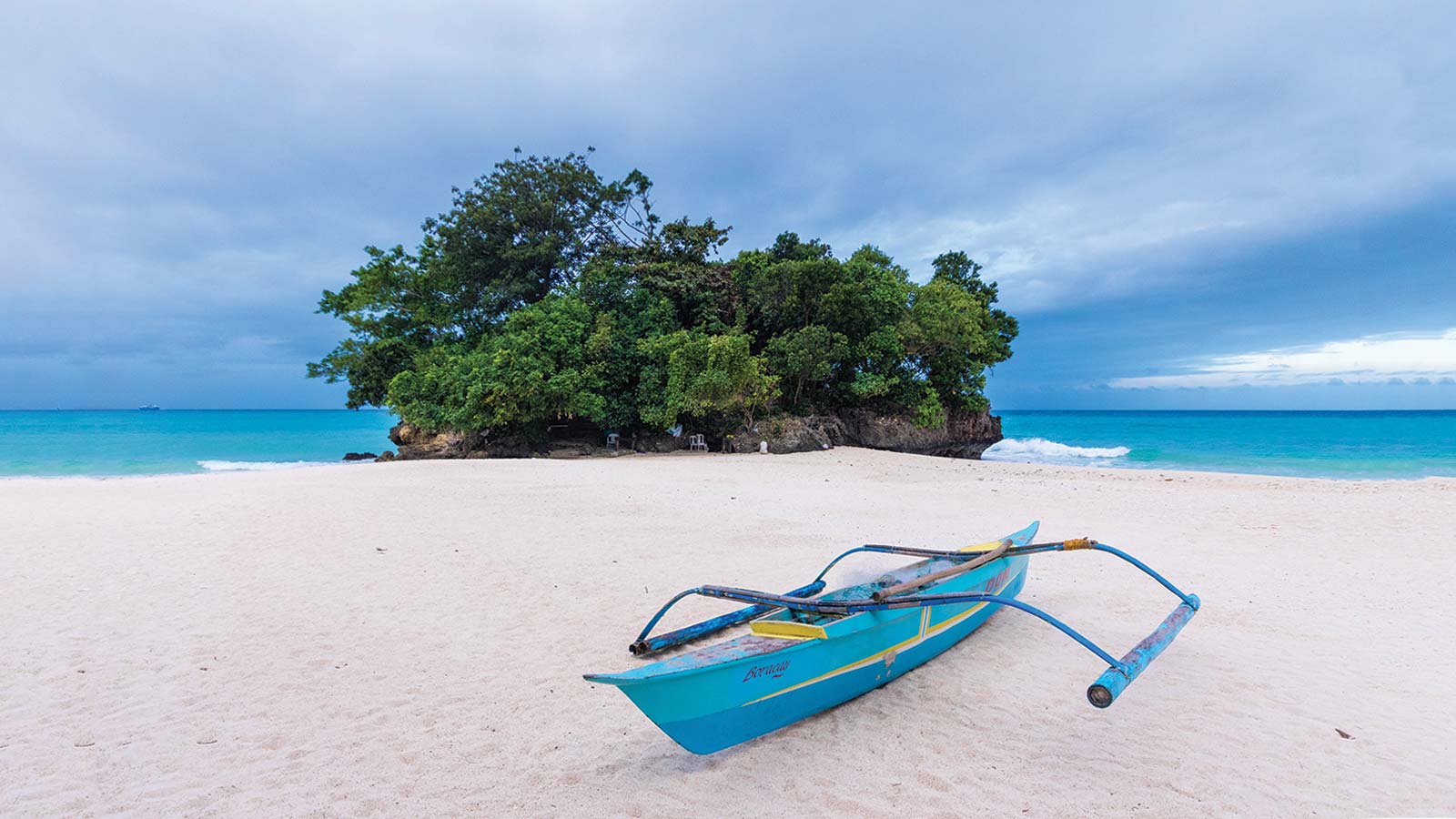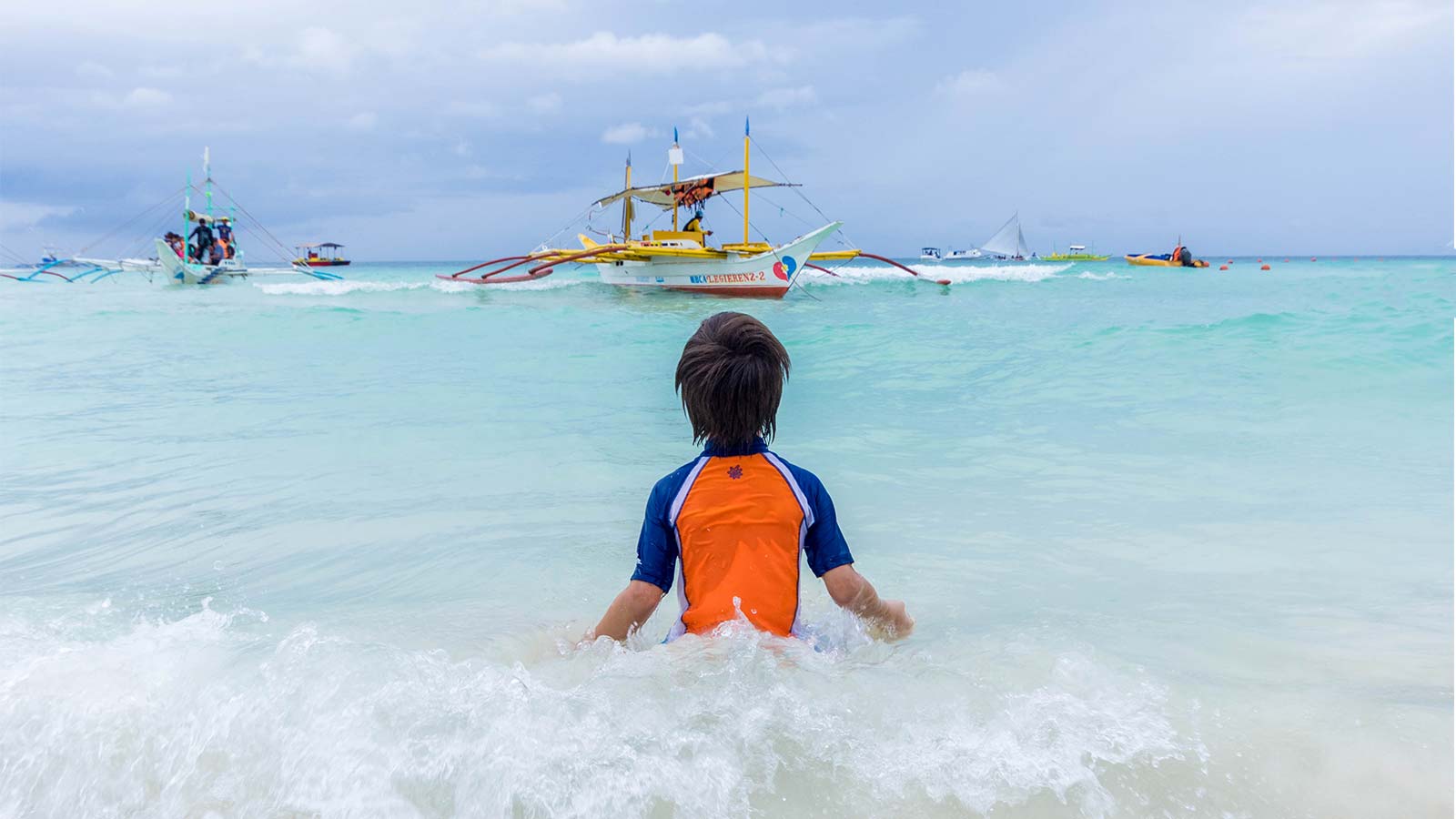Discover the over 7,000 islands in the Philippines with our Philippines Family Travel Blog.
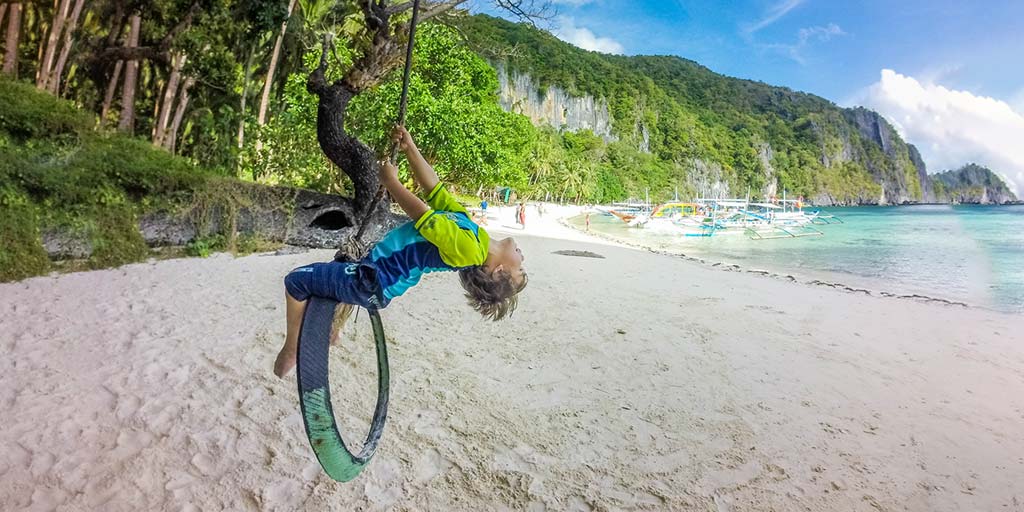
Explore Our Family Travel Philippines Guide
The Philippines is home to over 7,000 islands. This South Asian nation boasts some of the world’s best beaches, stunning caves, incredible landscapes, and some of the most delectable food you can imagine!
Read on and learn about why the Philippines is the perfect spot for a South Asia family vacation!
The Filipino focus is heavy on family, and family travel to the Philippines is unquestionably one of our favorite experiences. From the epic food to the incredible culture and landscapes, traveling to the Philippines with kids can be one of the greatest experiences of your life. Whether you want to lounge on one of the best beaches in the world in Boracay or go island hopping among the UNESCO marine parks of El Nido, the Philippines will leave you begging for more.
Some Of Our Most Popular Philippines Family Travel Blog Posts
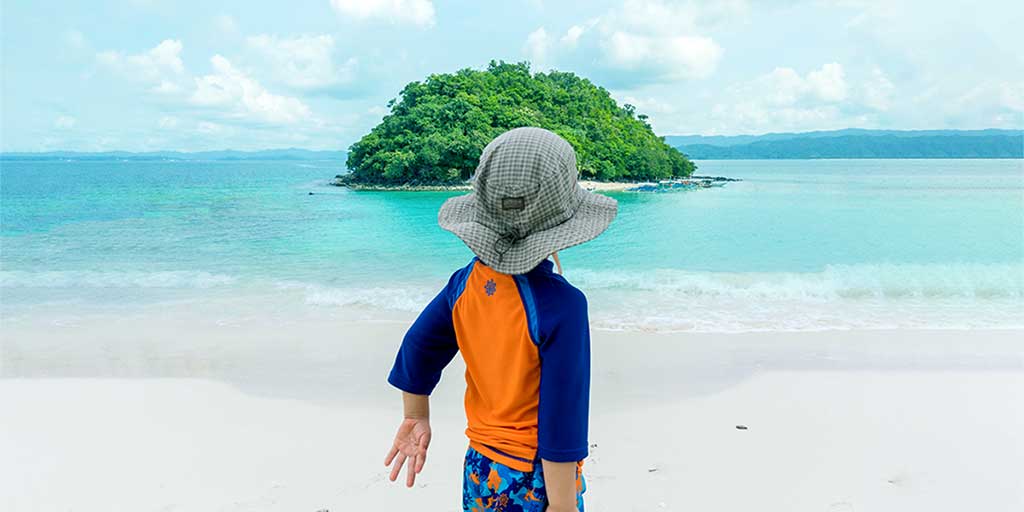
Family travel in the Philippines is one of the most incredible adventures you can give to children. Here’s how to plan your Philippines family vacation.
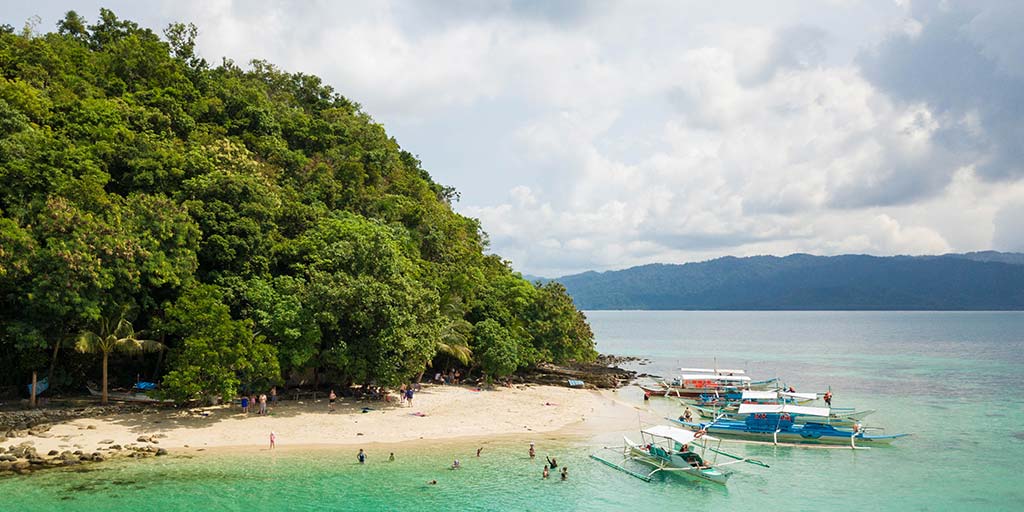
While Boracay is the destination of choice for most families in the Philippines, the locals consider Palawan to be the most beautiful. Here’s why.
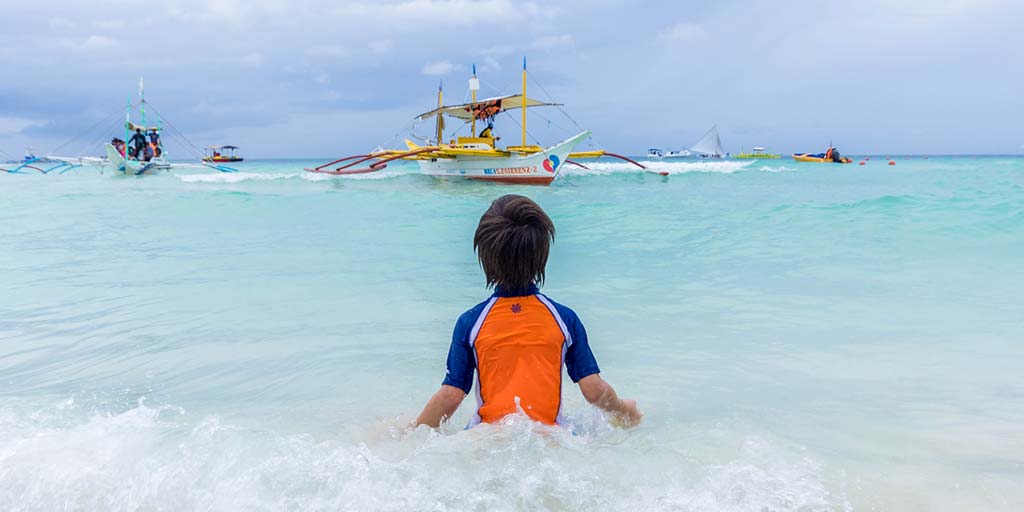
Boracay is more than just beautiful beaches! Discover some of the best family activities in Boracay to keep your whole family busy.
Tips For Family Travel in the Philippines
The Philippines is a complex county with one of the most diverse language systems in the world. Spread out among the 7,000 + islands of the Philippines is a range of cultures to immerse yourself into. From the thriving metropolis of Manila to the quiet shores of Coron, the Philippines offers something different around every corner.
To get started, I highly recommend that you read through our trip-planning resources. It lays out many of our well-researched family travel hacks.
Our Philippines guide will help you sort out what you need to know before traveling to the Philippines with kids. From the landscapes to the food that inspired me to write about my favorite Filipino recipes, here is what you need to know before traveling to the Philippines.
- Currency
- Philippine currency is the Philippine Peso. The average value of the Philippine Peso is approximately $0.020 USD. You can check out the current value here.
- Capital
- The Capital of the Philippine Islands is Manila. Manila and the surrounding area is home to over 22 million people and is one of the most densely populated cities on Earth.
- Electricity
- The Philippines uses 220V standard sockets. You may need a voltage converter, depending on your electronics.
- Cellular Phone Service
- Cell phone service is readily available throughout Urban areas of the Philippines. Sim chips are cheap and can be added to unlocked phones. Access in rural areas or smaller islands can be spotty, and wifi is often unreliable. I have used the Airalo eSim app for all of my international travel.
- Roads, Driving, and Public Transit
- Mass transit is not readily available in most Philippine cities. Transit is normally done by car, tricycle (motorcycle with a sidecar), or Jeepney (a large jeep with an open back used like a bus).
- International driver’s licenses (IDPs) are accepted in the Philippines.
- Driving in the Philippines is safe. However, traffic rules can be difficult to decipher, and traffic, especially in metro areas, is nothing short of mind-blowing.
- Roads in the rural Philippines can often be in poor repair and prone to floods. The terrain is mountainous, and although towns may seem close together, it can require long driving times to commute between them.
- The Philippines with Kids
- Family travel in the Philippines is incredible. With so many beaches and incredible island life, the Philippines is an incredible family destination. Filipinos are known for their love of children, and young children especially will often be doted on here. Don’t be surprised if they are offered treats and small toys.
Important Words And Phrases To Know For Family Travel In the Philippines
There are nearly as many dialects in the Philippines as there are languages throughout the rest of the world. And we aren’t talking about small local slang changes. Some Filipino dialects are completely unrecognizable from others. Around my wife’s family, this makes for pretty funny chatter. Whenever my mother-in-law wants to say something that her husband won’t understand, she just switches from Tagalog to Ebanog, and it’s completely different.
But for the sake of ease, I’ll focus here on the main Philippine language of Tagalog. Most Filipinos speak Tagalog, so will understand what these Filipino words and phrases mean. It’s good to remember that Tagalog is a phonetic language. So, each letter is pronounced rather than the combined sounds.
Important Filipino Words To Know:
Yes: oo (pronounced oh oh)
No: Hindi
Thank You: Salamat or Salamat Po when showing respect to an elder.
Thank You Very Much: Maraming salamat
You’re Welcome: Walang anuman
Please: Mangyaring
Excuse Me: Pasensya na sa akin
Hello: Kamusta
Goodbye: Paalam
Bathroom: Banyo
How To Stay Connected And Get Internet And Phone Service In the Philippines
Most major cities throughout Asia have excellent cellular service. If you have an older phone, I highly recommend purchasing a sim either at the airport or as one of your first stops on your travels.
If you have a newer eSim capable phone, you can save yourself time by purchasing an eSim ahead of time and having it activated before you arrive.
There are many companies that offer this service. I have used Airalo for years. It has been seamless in over ten countries. They have World, Regional, and Country-Specific eSims available. The price goes down the more specific you get. The regional sims allow for easy country-hopping if you are visiting multiple destinations.


